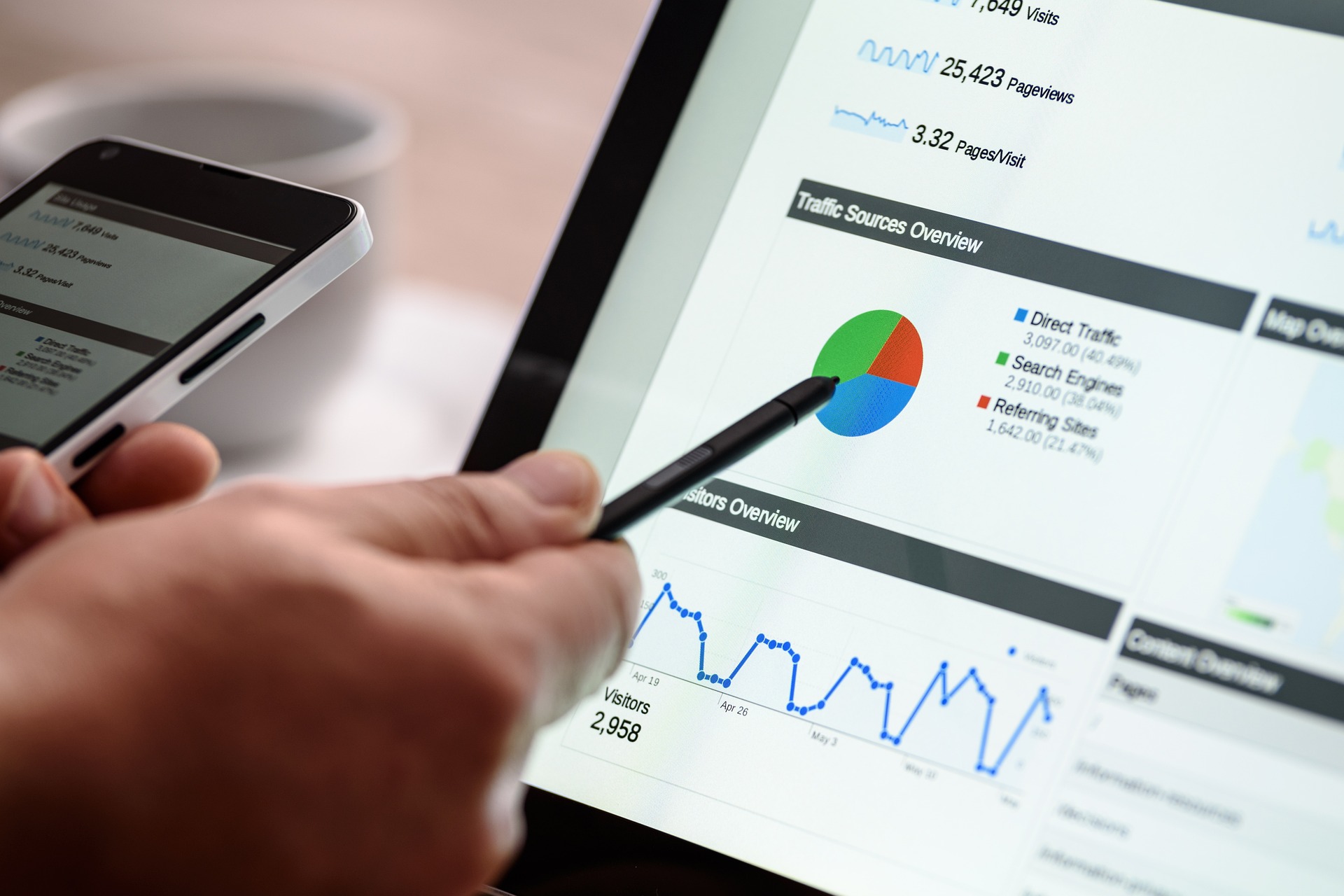In today’s hyper-competitive digital marketplace, simply being online is no longer enough. Brands need visibility, traction, and ultimately conversions. That’s where digital advertising plays a pivotal role. Whether it’s search engine ads, social media campaigns, or video marketing, strategic advertising services can generate immediate traffic, reach highly targeted audiences, and deliver measurable returns.
In this extensive guide, we dive deep into the various paid advertising channels available in 2025—including Google Ads, Meta Ads (Facebook and Instagram), YouTube Ads, LinkedIn Ads, Remarketing, and CRO (Conversion Rate Optimization). We’ll explore how each platform works, the benefits they offer, and how they can fit into your overall marketing strategy.
1. Google Ads: Capturing Intent-Driven Traffic
Google Ads remains the most powerful pay-per-click (PPC) advertising platform. When users type search queries into Google, they’re expressing clear intent—which means you’re reaching them at the exact moment they’re looking for your product or service.
Key Campaign Types:
- Search Campaigns: Show text ads in Google search results. Ideal for high-intent users actively searching for solutions.
- Display Campaigns: Banner ads shown on millions of websites in the Google Display Network (GDN).
- Shopping Ads: Product listings that include price, title, and image—perfect for eCommerce brands.
- Video Ads (YouTube): Skippable and non-skippable video ads that appear before or during YouTube content.
- Performance Max Campaigns: AI-driven, cross-channel campaigns covering search, display, Gmail, YouTube, and Discover.
Advantages:
- Hyper-targeting based on keywords, device, demographics, location, language, time of day, and more
- Real-time bidding and smart bidding options (Target CPA, ROAS, Maximize Conversions)
- Integration with Google Analytics and Tag Manager for detailed performance insights
Tips for Success:
- Use responsive search ads to test multiple headlines and descriptions
- Apply negative keywords to filter out irrelevant traffic
- Set up conversion tracking early to measure ROI accurately
2. Meta Ads: Engaging Audiences on Facebook and Instagram
With billions of active users across Facebook, Instagram, Messenger, and Audience Network, Meta Ads remain unmatched for audience targeting and brand storytelling.
Key Ad Formats:
- Image Ads: A single compelling image with a clear CTA
- Video Ads: Ideal for demonstrating products or sharing brand stories
- Carousel Ads: Swipeable format showing multiple products or benefits
- Story Ads: Full-screen vertical ads integrated into users’ stories
- Collection Ads: Showcase multiple products under a single ad
- Lead Ads: Capture user information directly within Facebook or Instagram
Benefits:
- Deep targeting based on interests, behaviors, life events, and demographics
- Lookalike audiences help find users similar to your existing customers
- In-app experience ensures seamless conversions without leaving the platform
Pro Strategies:
- Retarget warm audiences (e.g., video viewers, website visitors)
- Run A/B split tests for images, captions, and headlines
- Combine Facebook Ads with organic content for stronger brand recall
3. YouTube Ads: Captivating Viewers with Video
YouTube is the world’s second-largest search engine. With its highly engaged users, YouTube Ads present a massive opportunity to reach audiences through video storytelling.
Major Ad Formats:
- Skippable In-Stream Ads: Viewers can skip after 5 seconds; you pay only if they watch 30+ seconds
- Non-Skippable In-Stream Ads: 15-second videos played before content; used for broad awareness
- Bumper Ads: Short, 6-second ads great for fast messaging
- In-Feed Ads: Appear next to related videos in search results or homepage
Why It Works:
- Cost-effective CPM and CPV options
- Target based on channels, interests, keywords, remarketing lists
- Engages visual learners and mobile-first users
Tips:
- Use storytelling and emotional hooks in the first 5 seconds
- Optimize for mobile consumption
- Use CTAs to drive users to landing pages or product demos
4. LinkedIn Ads: Reaching the Professional Market
If you offer B2B services or target professionals by industry, role, or seniority, LinkedIn Ads are essential. With over 900 million users, it’s the most effective platform for business-focused advertising.
Ad Types:
- Sponsored Content: Appears in users’ feeds as native posts
- Message Ads (InMail): Sent directly to LinkedIn inboxes
- Text Ads: Small sidebar ads that offer high visibility at a low cost
- Dynamic Ads: Personalized based on viewer’s profile data
- Lead Gen Forms: Collect contact info without leaving LinkedIn
Strategic Benefits:
- Accurate B2B targeting (job title, industry, company size, skills, education)
- Higher-quality leads for service providers, SaaS, consultants, and recruiters
- Professional environment builds trust and authority
Optimization Tips:
- Use LinkedIn Insight Tag to enable website remarketing
- Target decision-makers with personalized messaging
- Keep lead gen forms short and frictionless
5. Remarketing Campaigns: Re-engage Lost Opportunities
Only a small percentage of users convert on their first visit. Remarketing allows you to stay top-of-mind and recapture these users with personalized messaging.
Platforms:
- Google Remarketing: Retarget users across GDN, YouTube, and Gmail
- Meta Remarketing: Serve ads to people who visited your website, viewed videos, or engaged with your content
- LinkedIn Retargeting: Reconnect with professionals who visited key web pages
Dynamic Remarketing:
Show users the exact products or services they previously viewed. This is especially effective for eCommerce brands using Google Shopping or Facebook Catalog.
Winning Strategies:
- Offer limited-time discounts to create urgency
- Use sequential ads that tell a story or deepen engagement over time
- Customize creatives for each stage of the funnel (awareness, consideration, decision)
6. CRO: Conversion Rate Optimization
Driving traffic is only half the equation. Once users land on your site, you need to convert them. That’s where Conversion Rate Optimization (CRO) comes into play.
What It Involves:
- A/B Testing: Test different headlines, layouts, CTAs, or images to determine which performs better
- Heatmaps & Session Recordings: Analyze user behavior using tools like Hotjar or Microsoft Clarity
- Simplified Navigation: Make it easy for users to complete actions like filling out a form or adding to cart
- Speed Optimization: Every second of delay in load time can reduce conversions by up to 7%
CRO Best Practices:
- Clear, action-oriented CTAs (“Get a Free Quote,” “Schedule a Demo”)
- Trust signals like testimonials, badges, and case studies
- Exit-intent popups with special offers
- Mobile-first landing page design
Final Thoughts
In 2025, paid advertising is more powerful, precise, and ROI-driven than ever before. With the right mix of Google Ads, Meta Ads, YouTube, LinkedIn, and remarketing—supported by strong CRO practices—you can drive consistent traffic, generate qualified leads, and maximize revenue.
At OOTSEO, we specialize in building, managing, and optimizing high-performance ad campaigns across all major platforms. Whether you’re looking to increase leads, boost eCommerce sales, or launch a brand campaign, we have the tools and expertise to make it happen.
Let’s scale your business together.
Contact OOTSEO to get started with your custom advertising strategy.





